How to Get Rid of Muck in a Lake
If you've ever gone swimming in a lake, you've no doubt felt the gooey substance that has gathered on the lake floor. That substance is called muck. It is the accumulation of dying and decaying organic material that has settled at the lake's bottom. Muck can come from algae, fish, grass and leaves.
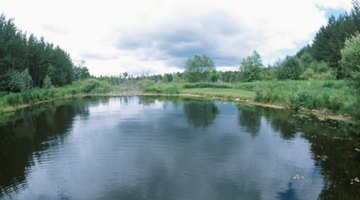
Things You Will Need
- Muck rake
- Muck pellets
- Aeration System
It does not only occur in private lakes. Spas, ponds and pools -- any body of standing water, really -- may accumulate muck over time. Luckily there are ways to deal with this issue.
Remove muck from your lake.
-
Determine whether you own the body of water in question. Your legal rights for removing muck will vary greatly depending on whether you own the property and the rules your local municipality may have in place for dealing with muck and other problems.
-
Determine the size of the body of water. If it is a large private lake, then you probably won't want to do the job yourself. Instead, hire a company to bring out commercial aeration systems to deal with muck. In the case of a smaller pond, you may wish to purchase a muck rake, pellets and aeration system from a vendor. You can find vendors online through a simple search.
-
Rake the bed of the lake with your muck rake. Dredge up the muck that is currently present and dispose of it, perhaps in a refuse pile or compost heap. Be careful, as muck is a breeding ground for leeches.
-
Add your muck pellets. These pellets vary from brand to brand, but generally contain beneficial bacteria that break down organic muck. Pellets usually remove up to five inches of muck per year even without an aeration system.
-
Set up an aeration system. The bacteria from your muck pellets function best when used in conjunction with an aeration system. These systems add oxygen and help remove sediments that kill fish. In smaller bodies of water, an aeration system can help keep an even temperature throughout and thus diminish the growth of muck.

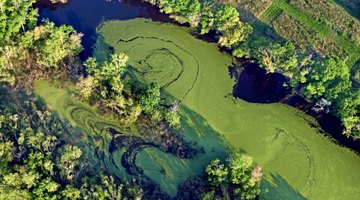
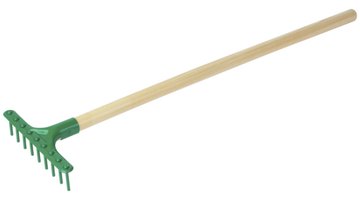
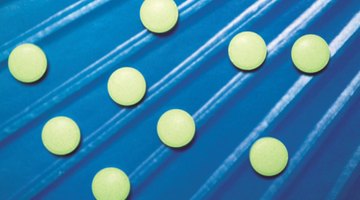
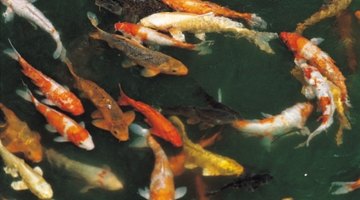
References
Writer Bio
Noah Miller is a screenwriter and filmmaker in Los Angeles. He has been writing for more than 10 years and holds a master's degree in screenwriting from the American Film Institute. Miller has also worked as a writer and editor for several publications, both fiction and nonfiction.
Photo Credits
- Hemera Technologies/AbleStock.com/Getty Images
- Hemera Technologies/AbleStock.com/Getty Images
- Jupiterimages/Photos.com/Getty Images
- Thinkstock/Comstock/Getty Images
- Hemera Technologies/PhotoObjects.net/Getty Images
- Jupiterimages/Photos.com/Getty Images
- Photos.com/Photos.com/Getty Images
More Articles



